Stocks which are also pronounced as shares or equity are the one of the types of financial instruments traded with the purpose of earning profits or returns. Stocks represent the share in the ownership of the company. That means if you own larger shares or stocks your ownership stake in corporation also will be larger.
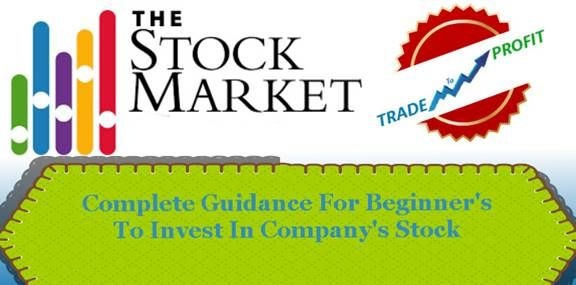
As per the strong history of stock markets owing company’s stock is one of easiest and profitable way to invest your savings. There is no doubt owing shares provide more potentials of earning but same time these are not risk free. Stocks are listed on the stock exchanges to trade. As a beginner you might think the stock market like mess where you don’t know how to start. To come to track you must know the basics and working of stock market and stocks.
What Are Stocks?
Stocks are the piece of paper which represents the ownership of the holder in the corporation. In simple words you can say, if you buy the shares of stocks of any company, in return company will issue a certificate of ownership interest to the buyers of shares. This certificate knows as stock certificate, stock or capital stock signed on the behalf of company which will be a legal proof of ownership of number of shares of stock held by the shareholder. Let explain with example:
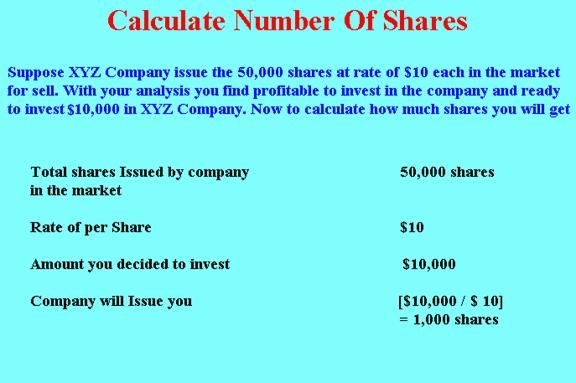
This means you will get company’s 1,000 shares of $10 each to invest $10,000 in company. For this purpose company will provide you a piece of paper, known as share or stock certificate, which will work as proof that you own company’s 1,000 shares at $10 each. And it will give you right to claim on company’s assets and profits.
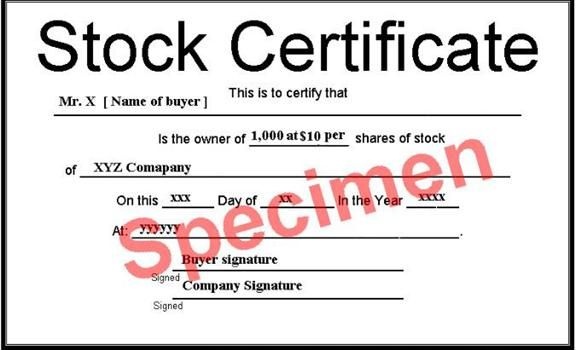
To invest in the stocks mostly two types of shares of stocks are issued by the companies for varied reasons:
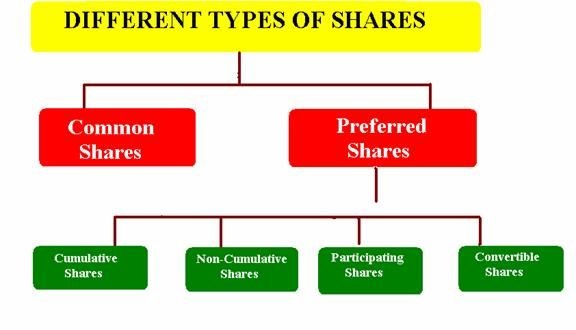
1. Common shares
This is type of shares which is mostly issued by every corporation in the market to raise funds. Common shares signify the ownership of holder in the corporation. These shares give the shareholder voting rights to elect the board of members and to participate to get higher profits via dividends if company earns higher profits. Board of directors is those members who stand for with owing majority of shares as owner of company and mostly takes the major decision regarding working of company. But with high potential of earning the common stock holder has higher risk in case of bankrupt because they get what remain after paying debtors or preferred shareholders.
2. Preferred shares
Another type of shares issued by companies is preferred shares. These shares are mostly likes the common shares and give the right of proportional ownership to the holder. But the preferred shareholder typically has no voting rights as common shares have. These shares are more secure than the common shares because the preferred shareholders get the priority for dividends and they paid off first while bankrupt or liquidate over the common stockholders. The preferred shares are further divided into four categories
1) Cumulative: - These are the shares which give the owner’s cumulative dividend right means they will get divided which is skipped because of financial crisis. If company decided to pay off the dividend then the cumulative shareholder’s will get first.
2) Non-cumulative: - The non-cumulative shareholders does not have right to get the skipped previous dividends.
3) Participating: - The holder of participating preferred shares get the right to participate in the profits of company along with fixed dividend.
4) Convertible: - The holder of convertible preferred shares has the right to convert any time their preferred shares in common shares if they find significant rise in common stock.
How Can Earn With Stocks?
Now the question is how you can earn with Company’s stock? While thinking to invest in stocks here you have two options to earn with company’s stock (1) Dividend’s (2) Selling Stocks at Higher Prices
1. Dividends
As we already discuss buying company stock shares means owing a small piece of company that give you right to claim on company’s assets and profits. Suppose XYZ company issue total shares in market are 50,000 shares of worth $10 each. And annually company makes the profit of $5000. Now to calculate the earning’s in the profits of company you need to calculate earning per share (EPS)
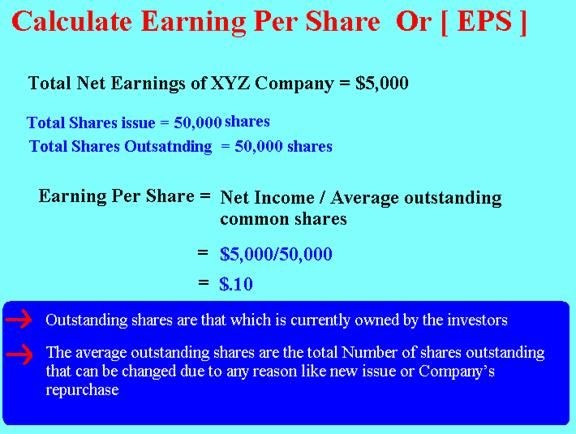
Means the Earning value of per share is $.10 and you own 1000 shares at $10 each. You will be entitled to get [1000 * $.10] $100 profit which you can invest as you like when paid out by the company.
Note – Here in example we assume there is no change in no. of outstanding shares and shares own by the shareholder to use Simple calculation Just to make easy understanding of concept.
2. Selling stocks at higher prices
The second way to earn with company’s stock is to sell the stock shares in market with higher prices then buying price. Let suppose you buy 1000 shares at $10 each but over the time company’s prices increase to $12 each that mean per share can yield $2 profit if sold out. If you sold all $1000 you can make [10,000- 12,000] $2,000 profit.
Why Company’s Share its Equity?
Owing the share or stock of the company means a tiny share in the ownership of the company. That’s you have right to claim on the assets and earnings of the company.
But the question is why company shares its equity with general public?
Let explain it with example
Suppose XYZ company wish to start a Shopping mall. That’s they figure out the total cost required to launch the shopping mall business and expected yearly returns in form of profits. Let assume they estimate the building and equipment cost would be $500,000 and annual operating cost (employee’s salary, utilities etc) would be $250,000 with $325,000 annual earning.
That’s XYZ company expect to earn (325,000 – 250,000) $75,000 Profit with mall business which is not bad. But the Problem is XYZ Company is not enough financial resources to cover the $750,000 (fixed+ variable) cost to start this business.
Now in order to raise the funds XYZ companies has two options (1) Equity Financing (2) Dept Financing
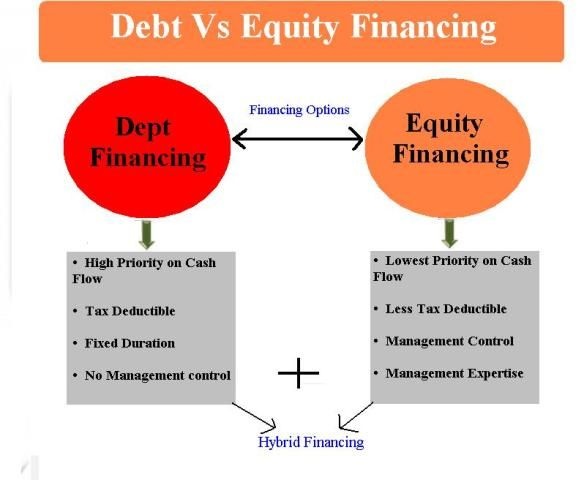
Dept Financing means raising funds through borrowing process where the company has to pay back the principal amount and interest after the decided period. But on the other hand in case of Equity Financing the company raises its funds through selling stocks in market where the buyers get the small portion of company’s ownership to claim on its earning and assets. Here company’s raise funds just by selling stocks where they no need to pay a fixed rate of interest rather pay dividends which depend on company’s profit.
Let suppose XYZ decided to raise $750,000 capital through equity financing that’s now as being an owner they will decide the number of shares of stocks to sell in the market. As the owner XYZ will first emphasis on buying the majority shares of company to have a control over the working of the company then they will decide how much they need to offer the general public to invest.
Let supposes XYZ divide the $750,000 required capital into 75000 shares of $10 each. It means company will offer total 75,000 numbers of shares to public or private investors at $10 each to raise the $750,000 [75,000 * $10 = $750,000]
That’s to raise funds whether through dept financing like bonds or through equity financing like stocks, companies needs to get listed their securities on stock exchanges.
What is Stock Market or Stock Exchange?

The stock market, which is also known as stock exchange, is the place where shares of publicly listed companies are traded either through exchanges or over the counter markets. It’s a market which helps the companies to raise its capital and provide the investors opportunity to be a part and share the profits of company without risks of managing. The New York Stock Exchange (NYSE), in India – Bombay stock exchange is some of examples of stock markets. The stock market which sometime pronounced as equity market is regulated by the country’s regulatory authority as SEBI in case of India for smooth Functioning of the Market. Mostly there are two kinds of stock or share markets:
-
Primary stock Market
This is the market where companies listed their share in exchanges first time to raise funds and investor bid for the shares. These newly listed shares for sell know as initial public offering (IPO) and the collected money goes to the issuing company. For example XYZ if listed their newly ventured 75,000 shares first time in stock market, it is know as IPO and first registered and sold out in primary market then further send to secondary market for sell.
-
Secondary stock Market
After IPO the investors can buy the company shares from other investors in the secondary market. It’s the market where shares of the companies can be traded by the investors. Here buyer and seller of the stock come together to make trade the stock of the company with expectation to earn profit or cut losses.
Is Stock Market And Share Market Same?
Many of us think that stock market is the place where they can buy the share of the listed companies. And that’s true! But limit the scope of the stock market. Stock market is the place where the virtual exchange of securities and derivates are held. That means stock market along with shares also deals with Bonds, Options, Futures or other equity securities also. On the other-hand Share Market only deals with companies shares.
How can invest in stocks ?
If you are thinking to pool your hard earning saving in company stocks with the expectation to increase wealth then your first question may be – How to invest in the shares of company’s stock? Let discuss how you can buy the stock of the company

First step
The very initial step which you have to done is setting up your goal. Means how much you are ready to invest in the stock market and how much earning you expect. But same time you must calculate how much risk you can bear as the stock market is also not risk free if you can earn more then same time chances is also you can lose the entire or partial amount invested. But the goodness of stock investment is your risk is just limited to the amount you invested.
Second Step
After deciding your budget and risk tolerance now you need to decide your investment strategy. Suppose you decided to invest $1000 in stock market now you have to decide kind of stocks should be the part of your investment portfolio. After carefully analysis of stock market you can pick the stocks on the basis of “risk and return”. To invest in the stock mostly two types of shares of stocks are available (1) Preferred shares (2) Common shares and now you have to decided which one in what portion have to include in your stock investment portfolio.
Third Step
Once you formulate your portfolio it’s time to place the order for stocks. You can place order online or on phone via the services of broker. To buy shares of stocks you need to meet with certified stock broker that can place your order. Fortunately here you have also options, first you can select discount broker who will just simply place the order you want to purchase and charge less fees or brokerage. Secondly you can get the services of full-service brokers who charge higher and provide expert guidance & advice to manage your account.
Fourth Step
Once your order placed and your broker confirms the order now you need to get all information and recheck your order confirmation to avoid any error in near future.
Fifth Step
Prices of shares changes frequently that’s vital to regularly monitor the market and your portfolio to take right decision on right time.
You must know the Basic Terminology of Stock Market
1. Stock Quote
Stock quotes, which are sometimes also called stock tables, is the price of stocks quoted in the exchanges. Mostly the stock tables or quotes revealed the basic quoted information about specific stocks as the price of stocks, last traded prices and divided offered etc. Just for idea look at the following stock table
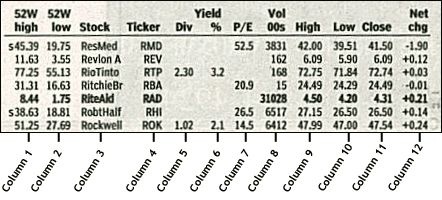
Image - Stock Quote Table
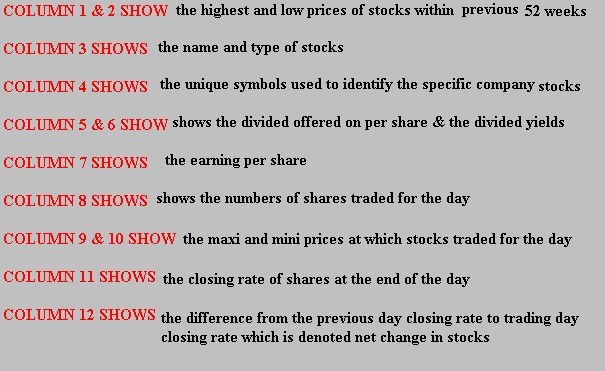
2. Market capitalization
Market capitalization is the total market value of the company’s outstanding stock. This is equal to the number of shares outstanding multiply by price of shares. Market capitalization which is shortly denoted as market cap is calculated
MC = N × P
N stands for number of shares Outstanding
P stands for closing price of per shares or currant share price
Let explain with example:
Suppose XYZ Company has 75,000 outstanding shares in the market and closing rate of per share is $10, then its market cap is $750,000 but if closing rate rise to $11 its market cap will also raise to $825,000. If the closing price of per share drop to $9 means its market cap also drop to $675,000
Markets caps are usually used to determine the equity of the company and stocks size of different companies are differentiate with large caps, medium caps and small caps. These caps are usually used by investors to make investment decision.
3. Treasury stock
If the corporation decided to purchase its outstanding shares of stocks from its shareholders it’s known as shares repurchase. And same time if company does not retire repurchased shares of stock that reserved stocks is known as Treasury stock. Treasury stocks is the difference between the shares issued and shares outstanding
Or
Treasury Shares = Shares issued – Share Outstanding
Authorized Shares: - These are those shares which the secretary of state authorizes the corporation to issue in the market for public subscription. Let suppose as per their need XYZ decided to issue in market 50,000 shares at $10 each. But before to issue these shares in the market they have to request for incorporate their business to secretary of state for approval. The approved application will specify the all details regarding classes of shares, their par value and number of shares authorize to issue. As Xyz company request for authorization of 50, 000 shares if these are approved these are called authorized shares.
Shares Issued – Let suppose XYZ Company has a legal authority to issue 50,000 shares at $ 10 each. But XYZ Company decided o issue only 30,000 shares in market to raise funds and remaining are kept to issue in future. Means here 30,000 shares are known as issued shares
Share Outstanding: - Let suppose XYZ Company re-purchase its 5,000 shares from the existing shareholders and don’t retire these shares( known as treasury stock) then it means now company issue only [ 30,000 – 5,000] 25.000 shares in market. The shares, which has been issued and still not repurchased by the company, are known as outstanding shares.
4. Stock splits
Company’s stock or share splits means dividing the existing shares into multiple shares. In case of shares splits number of shares outstanding increases but the total value of shares remain same as before pre split. Let explain with example:
Suppose XYZ Company decided to split its shares in ratio of 10 for 1, it means if you hold 1 share of $100 each in XYZ Company now it is divided into 10 shares of $10 each means number of shares you hold increases but total value of shares remain same $10 as compare to pre share split.
This company’s stock split is also know as forward stock split and sometime also denoted s bullish approach of board of directors. The decision of shares splits mainly occurs while prices of shares at peak. Shares splits aid to stock liquidity as more buyers and sellers will interested for 10 shares at $10 each rather then 1 share at $100.
5. Pre-emptive rights
A pre-emptive right, which is also called as subscription rights or first option to buy, is the written agreement between the purchaser and company. This give the shareholders privileged to buy first the newly issued shares of company. In other words, if company issues new shares in the market then these shares will be first offered to the exiting shareholders to buy before offering to the general public.
The main purpose of this right to existing shareholder is they can maintain their proportional ownership in the corporation if they desired. Means they have right to buy new shares, but not obligation. If they don’t desire to buy then it’s ok.
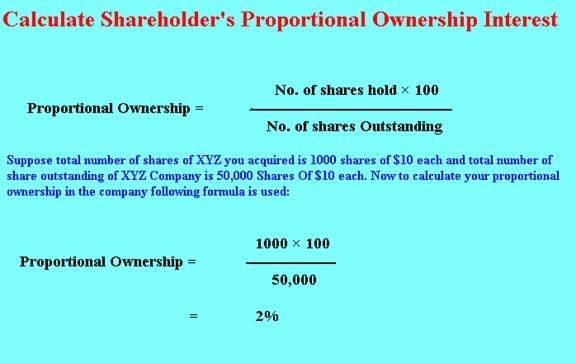
But if company issued new 5,000 shares in the market it will affect the proportional ownership because the number of outstanding shares will be increased and your proportional ownership will be effected
Total number of shares outstanding after new shares issued will be = 50,000 +5,000 = 55,000
1000 × 10
-----------------
55,000
= 1.81%
After new issue the proportional ownership in the company may shift to 1.81% from previous 2%
That’s to maintain the existing proportional ownership shares are first offered to exiting shareholders. Mainly these type of rights are given to those who own larger proportion of the ownership
6. Rolling settlements
Mostly shares in the stock market are bought and sold through the services of brokers. The trade which is conducted with the services of commission based brokers must be settled with the working day. Means buyer should get its ordered stocks and sellers should get its money. This settlement of buying and selling should be settled at the end of the day, and known as rolling settlement.
7. Margin Trading
Sometime trader trade on the stock market with borrowed funds, this called the margin trading. Mostly the reasons of margin trading are to earn more but one should never forget that it may be also risky.
8. Bull market
The word bull is used for stock market when everything in the economy is well and gross domestic product (GDP) is growing and prices of stocks are rising.
9. Bear market
The stock market situation is denoted as bear while GDP is looming and stock prices are falling. In other words you can say while stock market faces the recession period it’s denoted as bear market.
10. Shareholders
Those who own the shares of company know as shareholders. Suppose you own 1,000 shares at $10 each of XYZ company, here you will be know as one of the shareholders of company of holds XYZ Company’s shares.



